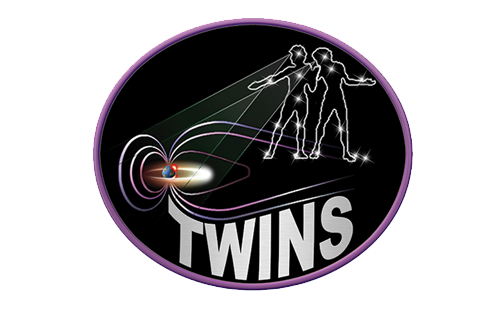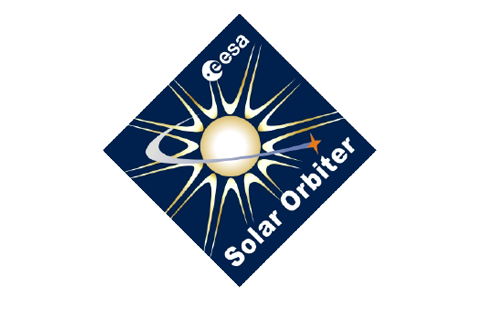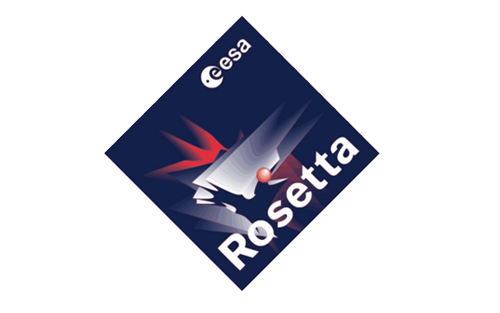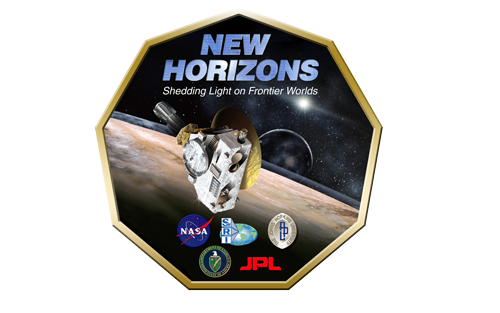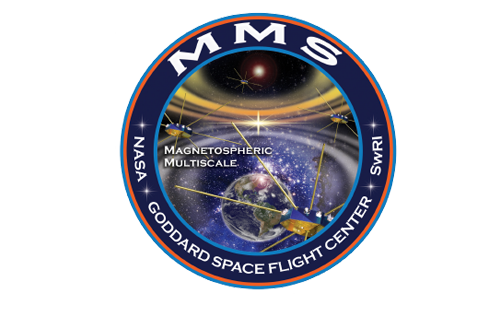Graphene
Jessica Armstrong2023-05-25T20:14:08+00:00Graphene Carbon foils are used in space plasma instruments to detect ions, neutral atoms, or electrons (Allegrini et al. 2016, Journal of Geophysical Research). They are extremely thin (of the order of a hundred atomic layers) and supported by fine grids over areas as large as tens of square centimeters. While they enable detection and characterization of the plasma particles, they also degrade measurements (e.g., time-of-flight to determine the speed of the particles) due to effects such as angular scattering and energy straggling. These unwanted effects usually scale with foil thickness and that is why we try to use the [...]



